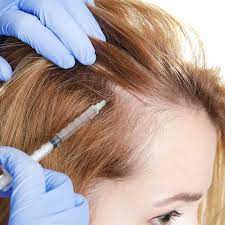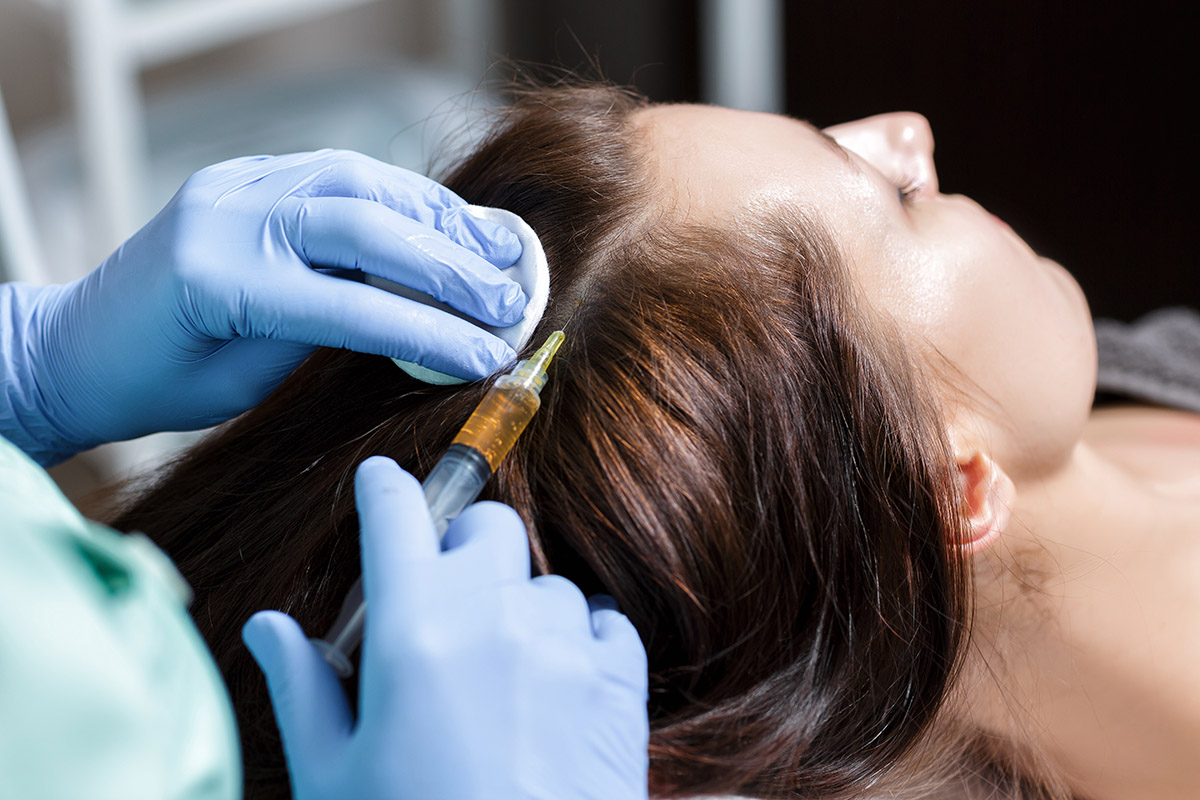Eshealthtips.com – Getting the right Alopecia Hair Loss Treatment for you can help you deal with your condition better. In fact, there are several different types of treatments available for patients suffering from the condition. Here are a few of them.
Corticosteroid Injections for Aalopecia can be a Helpful Option
Among the various treatments available for hair loss, corticosteroid injections for alopecia can be a beneficial option for people with extensive alopecia areata. Corticosteroid injections are a form of injectable immunotherapy that aim to suppress the immune system to prevent the follicles from being attacked. The injections are performed with a sterile needle attached to a syringe. The injections are given through the skin, usually to areas where there is an inflammation. These injections may result in temporary depressions in the skin, but these usually improve after a few days. Depending on the size of the area being treated, two to 50 injections may be needed.
Steroid injections for alopecia areata may be administered as a series of injections, or they may be given on a single occasion. The dosage of corticosteroid is determined by the size of the area to be treated and the inflammation level. For alopecia areata that is not widespread, corticosteroid pills can be used instead of injections. However, there are several side effects associated with the pills, including hair thinning and a decreased immunity to infection.

Using platelet-rich plasma for alopecia hair loss has been shown to be an effective, nonsurgical, noninvasive solution to hair loss. This method works by triggering the natural growth of hair. Platelet-rich plasma contains proteins that help promote the healing process. The concentration of growth factors in platelet-rich plasma can stimulate hair growth and help to speed up the healing process.
Platelet Rich Plasma can be Used to Treat Androgenetic Alopecia (AGA)
Platelet rich plasma is a new treatment option that uses the patient’s own blood cells to speed up the healing process. This therapy has been used successfully in many medical and cosmetic procedures, including dermatology, skin cancer treatment, musculoskeletal conditions, and hair loss. Platelet rich plasma can be used to treat both men and women with androgenetic alopecia (AGA). This condition causes hair follicles to shrink, leading to thinning hair on the head. This condition affects approximately 80 million people in the United States.
In order to achieve optimal results, a patient may need multiple treatments. Before the procedure, you will need to make sure that you are not using any products that may interfere with the procedure. You should also drink plenty of water to avoid side effects. Whether you are suffering from alopecia or are just looking for a hair loss treatment, there is a good chance that you have heard of telogen effluvium. This condition is characterized by thinning hair in the scalp.

There are several reasons why this condition occurs. It can be caused by stress or by a sudden change in hormone levels. It is also associated with nutritional disorders. If you are experiencing alopecia, it’s important to know that it is reversible. After a few months, the hairs will grow back. You should make sure that you get enough protein and iron in your diet. You can also try to change your lifestyle to prevent unusual shedding.
The X Chromosome Is Believed to Play a Role in Hair Loss
Telogen effluvium is a temporary condition that occurs in approximately 30% of your hair. A few of these hairs may be in the anagen phase, but most will remain in the telogen phase. They may be shed en masse or they may fall out when you wash your hair. Several new genetic discoveries have been made over the past decade. This information has provided new insights into the underlying biology of alopecia. These findings may provide new therapeutic strategies. In addition, the findings could lead to a new understanding of the hair cycle.
The X chromosome is believed to play a role in hair loss. It is also known that autoimmune disorders are associated with hair loss. However, the molecular basis of this disorder remains largely unknown. This review will provide an overview of the new genetic discoveries in alopecia. It will also summarize the basic principles of the genetic methods used in previous studies.

Researchers have now identified a gene that may be the first healthy trigger for hair growth. This discovery could be a key to understanding the hair cycle and potentially provide new treatments for alopecia. The gene may also help researchers determine how hair loss occurs in other forms of alopecia. It is unclear whether this gene triggers a cascade of events that stimulate hair growth or causes hair to fall out. If you have and want to send articles to eshealthtips, you can visit this page!
Reference :